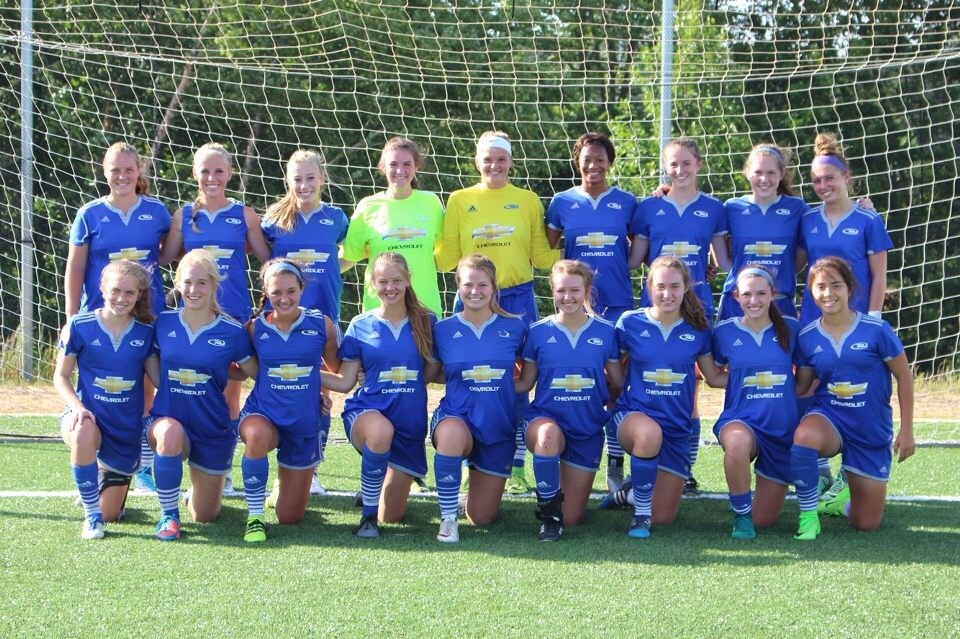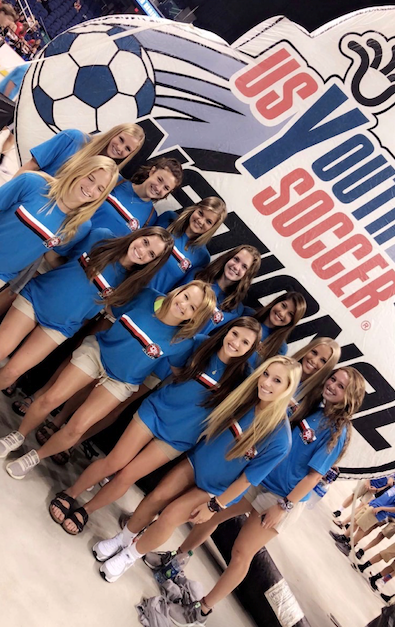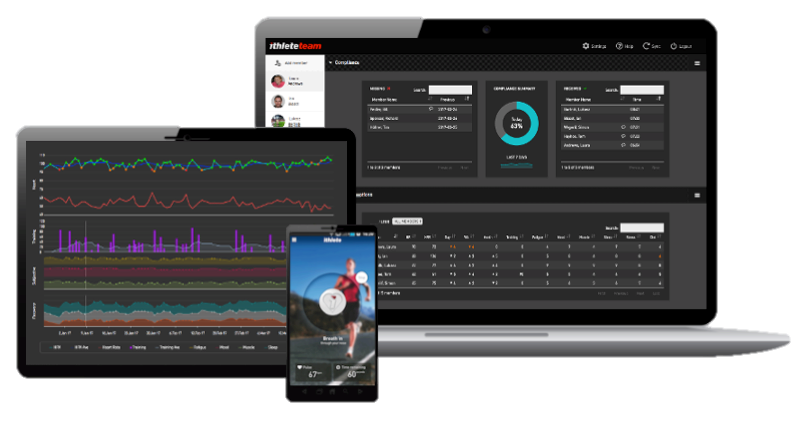Matt is a coach and academy director of Mississippi Rush extracurricular girls football team and successfully introduced the ithlete Team System to one of his teams, leading to some rather unexpected results…
Why did you introduce the use of HRV to the team?
The girls I was coaching were a talented group of 17-18 year olds. The majority were already playing for their high school soccer teams, and some were playing multiple different sports. Our training sessions were at the end of the school day, and so by the time they joined us, many of the girls had already taken part in some form of physical training that day or the day before. They’d all been subjected to different levels of physical fatigue that were outside our control.
We sat down as a group at the start of the season and I suggested every member of the team took a daily HRV measurement, in order to build up a picture of everyone’s fatigue levels. This would provide the data to enable us to better plan our training sessions and gain a better understanding of the team’s general wellbeing.

How did you encourage every girl to take part?
These girls have a lot going on in their lives, and it could only be a voluntary exercise. This meant not everyone in the team took their HRV measurements religiously. I kept an accountability chart, and if a few days went by that I didn’t have data, I’d send each girl a text as a reminder.
There was, however, a core group of girls who did see the benefits of HRV. They were interested, and so stuck with it. Subsequently some of these girls have gone onto schools that already practice HRV measuring, and so they were able to join these teams with an existing knowledge base.


So what did the readings demonstrate?
One of the most surprising things about the HRV readings was that it soon became apparent that physical fatigue was only one explanation for the readings that we took. Academic workload and exam stress were huge factors, plus of course the emotional and psychological aspects that go with the turf of being a teenage girl.
The readings showed that during the week the girls were under intense academic stress. It would usually be at the weekend that we’d have a competitive match, and so you’d expect this to be the point of the week when there is the most physical exertion. But HRV levels tended to show that the girls often found the Saturday match a release from the stresses of their working week.
How did you adapt your training sessions as a result of this data?
To start with, we were able to use the data to predict when our girls were going to be sick or unwell. If I saw a spike in HRV, I could predict that I’d get a call or a text from the girl within the next day or two, saying that she felt unwell and couldn’t attend the weekend match.
So we began to adapt and tailor our training sessions to meet the needs of the girls. If we were running possession-based training drills, then I’d ask the girls who we knew were fatigued to be neutral players, so they would undertake less physical exertion.
Likewise if the girls were going through a particularly stressful period in the academic calendar, if possible we’d encourage them to reduce their physical intensity over the course of a few weeks.
In some cases I took the girl’s data back to their high school coaches, to show them the evidence that the girls were becoming over-fatigued. We talked about how we could adapt our training regimes and better share the player between high school team and club team, so as to get the best out of them. In that respect the data was really useful for building relationships and developing a more holistic training schedule.
And what results did you see?
We used ithlete with the same group of 18 or so girls over a two-year period. We introduced a wide number of changes over the second year, mostly inspired by ithlete data, and I’m glad to say that across the whole team we didn’t suffer a single serious injury over the whole of the second year. I’m sure this was a big factor behind the team managing to win their league that season, which meant a promotion to the next regional league in the club championship.
The girls have all subsequently moved on, but many now play for Division 1 schools and have been very successful. I’m sure at least some are still monitoring HRV following such a successful introduction to the ithlete Team System.

